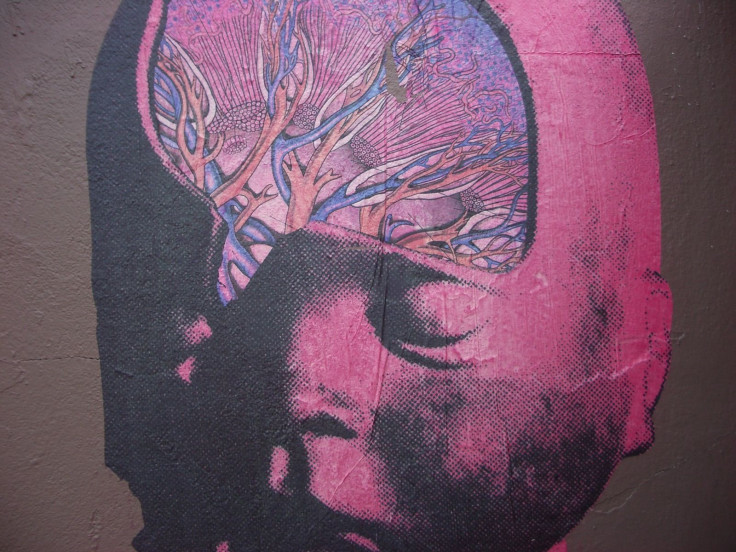How The Human Brain Controls Sleep Waves And Makes Us Drowsy

What happens inside our brains that makes us zone out when we’re sleep deprived? Looking to determine what happens in the brain when we want to sleep but don’t, a study published in the journal eLife, from neuroscientists at MIT, describes a newly discovered circuit in the brain’s cortex. They believe this circuit has the ability to trigger specific regions to fall asleep or become less alert while the rest of the brain stays awake. If confirmed, the discovery could help researchers invent sleep and anesthetic drugs that better mimic our natural sleeping states.
"During sleep, maybe specific brain regions have slow waves at the same time because they need to exchange information with each other, whereas other ones don't," said the study’s co-author Laura Lewis, a research affiliate in MIT's Department of Brain and Cognitive Sciences, in a press release. "I'm inclined to think that happens because the brain begins to transition into sleep, and some local brain regions become drowsy even if you force yourself to stay awake."
The special circuit was found inside the thalamic reticular nucleus (TRN), a region inside the brain that controls brain waves in deep sleep, during a coma, and while a person is under anesthesia. It may also be where new memories are shared between different areas of the brain, causing a person to zone out and become drowsy while not quite falling asleep.
For the study, researchers studied mice and found that when they gently stimulated the TRN in mice, slow waves appeared in the cortex. "We also found that when you induce these slow waves across the cortex, animals start to behaviorally act like they're drowsy," Lewis added. "They'll stop moving around, their muscle tone will go down."
From what they understand so far, the researchers believe TRN enhances or reduces slow waves in certain areas of the brain, which then affects a person’s ability to stay alert. It could explain why humans momentarily space out without fully falling asleep when they’re sleep deprived. What’s more, chronic sleep deprivation has also been shown to cause daytime sleepiness, slow reflexes, poor concentration, and an increased risk of car accidents — all of this may be due to changes in the TRN. According to the National Sleep Foundation, 50 to 70 million Americans are affected by chronic sleep disorders.
The National Institute of Neurological Disorders and Stroke outlines how the brain zones out during the day, but it doesn’t explain why or where it happens in the brain. This is what the MIT neuroscientists set out to do, and how they found TRN’s role in drowsiness. But they also found that certain neurotransmitters controlled whether we’re asleep or awake by acting on different regions of the brain. Neurons in the spinal cord, for example, produce neurotransmitters that keep certain parts of the brain active when we’re awake, while other neurons located at the base of the brain send out signals when we begin to fall asleep.
"The TRN is rich in synapses — connections in the brain — that release the inhibitory neurotransmitter GABA," said the study’s co-author Emery Brown, a Medical Engineering and Computational Neuroscience professor at MIT and an anesthesiologist at Massachusetts General Hospital, in a press release. "The TRN is almost certainly a site of action of many anesthetic drugs, given that a large classes of them act at these synapses and produce slow waves as one of their characteristic features."
If stimulating TRN can induce natural sleep states in humans the same way they do in mice, then the team of researchers at MIT may be able to harness the process and mimic it with sleep drugs and anesthetics in the same way, ultimately decreasing risk of side effects.
Source: Lewis LD, Voigts J, and Flores FJ, et al. Thalamic reticular nucleus induces fast and local modulation of arousal state. eLife. 2015.



























